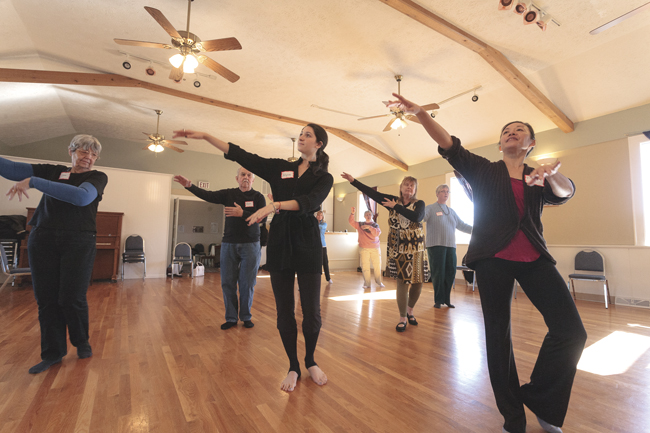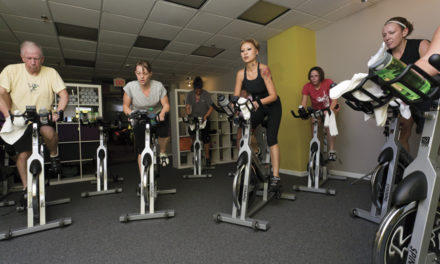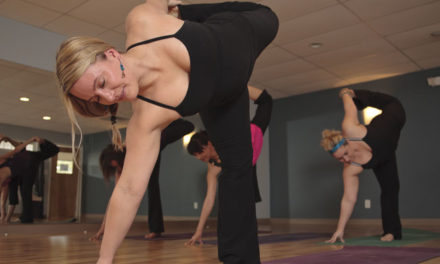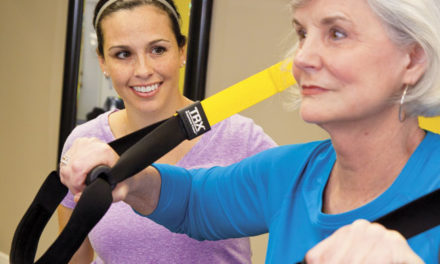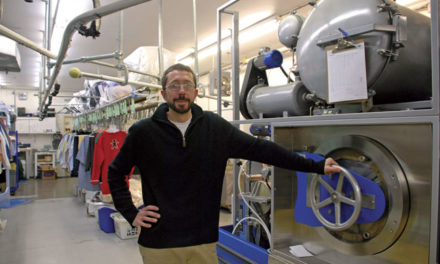BY KELLY KENDALL
After teaching a special dance class for just a few short weeks to people with Parkinson’s disease, Roberta Wong already has some inspiring stories to tell.
Such as the woman who suffered from an aching back—and totally forgot about the pain by the end of class. Or the man who sat on the sidelines for two sessions until finally coaxed to the dance floor where he and his partner put on a show. “They were laughing, so alive—it was cool,” says Wong.
The Dance for Parkinson’s Disease class is organized by the IU School of Public Health and held at Windfall Dancers, Inc. on North Dunn Street. It might sound like a stretch, given the precision that dancers must exercise over their bodies and the lack of control that patients suffering from this brain disorder experience. Parkinson’s patients tend to move either too much, as with involuntary tremors, or too little, with their muscles freezing.
But that is precisely why the idea works, says Marie-Louise Smith, the IU Jacobs School of Music professor emeritus and Parkinson’s patient who was instrumental in starting the Bloomington class.
“A dancer has to think very carefully about movements,” she says, “and so do Parkinson’s patients, about what they’re going to be doing next.”
Smith, 74, saw a TV segment about a Parkinson’s dance class led by the Mark Morris Dance Group, and she called the Brooklyn-based organization for more information. She then approached Elizabeth Shea, director of IU’s contemporary dance program. Shea reached out to Wong, an Indianapolis-based dance teacher who had already expressed interest in starting a class in Bloomington. Wong is now an adjunct dance professor and comes here once a week to teach the class.
Since September, anywhere from 12 to 20 dancers have gathered each Tuesday from 11:30 am to 12:30 pm to be led in pliés, modern jazz, even square-dance moves.
The class is not a gym session, stress both Wong and Smith. Nor is it therapy—at least not officially. It is dance, but with a difference. “It’s not just a dance class where you’re trying to improve on a movement,” says Wong. “We keep emphasizing that wherever your body is, is the best place to be.”


